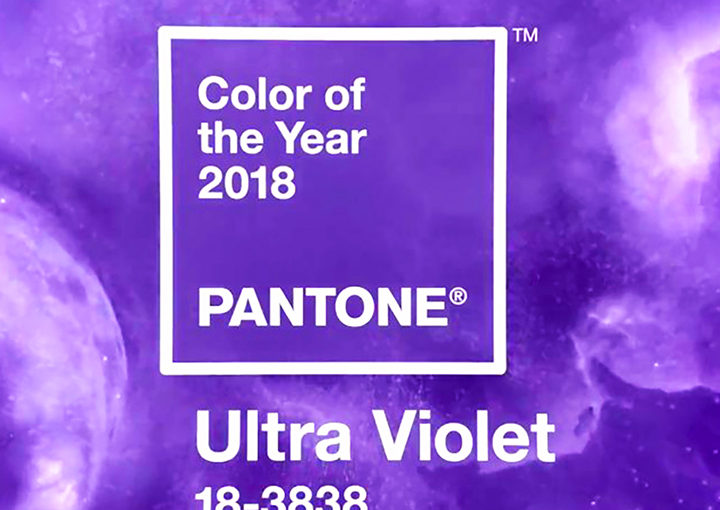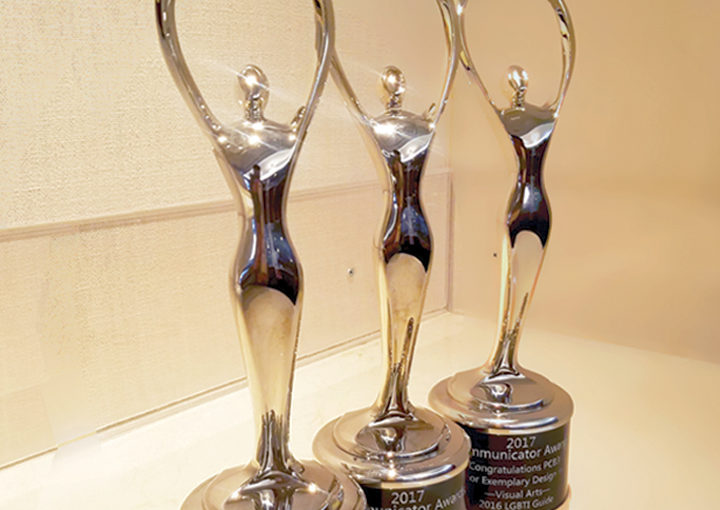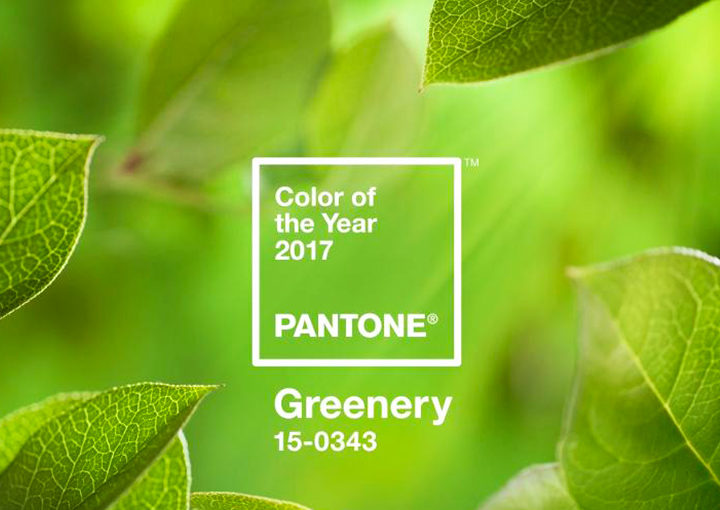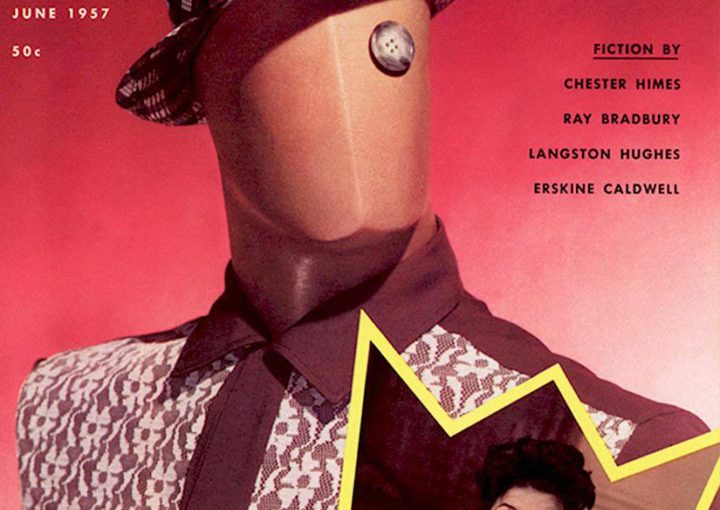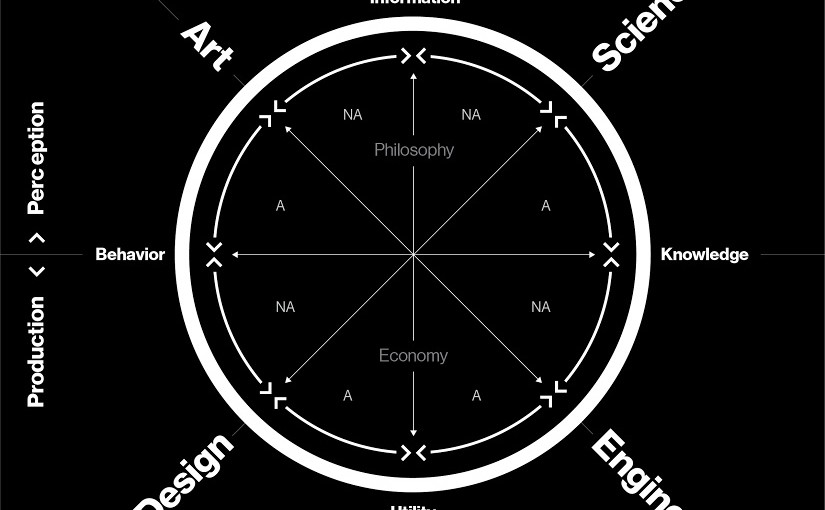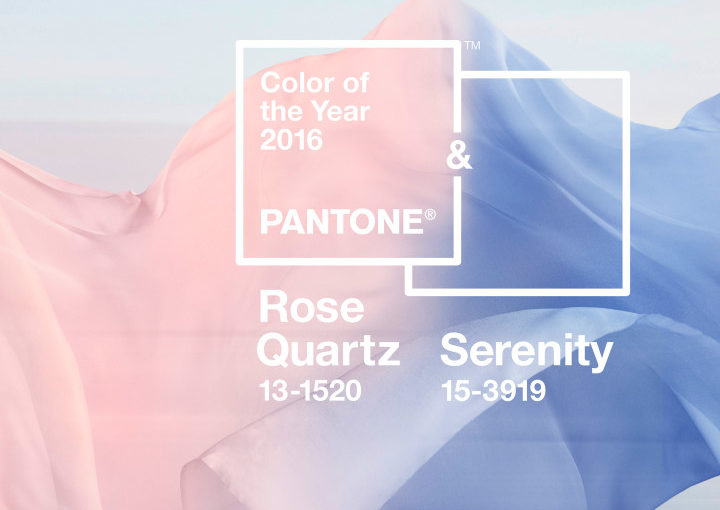LAST FALL JOI Ito, the director of the MIT Media Lab, stood onstage during the Lab’s 30th anniversary celebration and made a declaration. “Connecting science and design is the future of the Media Lab,” he told audience members, many of whom are experienced in both disciplines. The subtext of Ito’s statement was that the world is quickly changing. Science, design, art, and engineering, long considered their own areas of focus, are no longer domains to be explored in isolation, but together, in the hopes of expediting progress and discovery.
Ito’s announcement was very much in keeping with the Lab’s unorthodox approach to collaborative research. Since its inception in 1985, the Media Lab has embraced the ideals of antidisciplinary work, which is not the same thing as interdisciplinary work. As Ito himself describes it in the Journal of Design and Science (JoDS): “Interdisciplinary work is when people from different disciplines work together. But antidisciplinary is something very different; it’s about working in spaces that simply do not fit into any existing academic discipline—a specific field of study with its own particular words, frameworks, and methods.”
With that in mind, Ito and a team of Media Lab professors recently launched the JoDS as a way to explore and encourage antidisciplinary work coming out of its, and other institutions’, classrooms. The first edition features papers from Ito, Kevin Slavin, Neri Oxman, and Danny Hillis—pioneers in fields as disparate as AI, game design, and digital fabrication—all of which expound on the idea of interconnectedness between disciplines.
JoDS is run very differently from a traditional academic publication. There’s no anonymized peer-review process, and there’s no fee to access its contents. “We wondered what does an academic paper look like when it’s more about the conversation, and less about tombstones,” Ito says, referring to a quote from Stewart Brand that likens formal academic publishing to burying ideas like the dead. The journal is published on PubPub, a platform developed at MIT that is inclusive in ways that academia and academic publishing frequently aren’t; PubPub is an experiment in radical transparency, where almost every part of the journal is open and editable. Readers can annotate each paper, adding comments and context to what the author wrote. The editing history is visible to everyone, so authorship is no longer an opaque attribution. Hillis’ paper has executable code that can be lifted directly from the journal.
Ito describes the process as “peer-to-peer” review. The goal, he says, is for ideas presented in the journal to morph and evolve and become interconnected over time. “You can imagine that after a few weeks, all of the papers coming out on this journal are all referring to and quoting each other, so it looks like a network rather than a bunch of isolated papers,” he says. In this way, the journal seeks to incorporate voices from as many interested disciplines as possible. “The idea that going deep deep deep to get better results is giving way to the idea that the way to get the most interesting results is to be able to go a bit diagonal,” Slavin says. Both Slavin and Ito reference the field of synthetic biology as an example of where this intersection is happening, and point specifically to the work of Kevin Esvelt.

